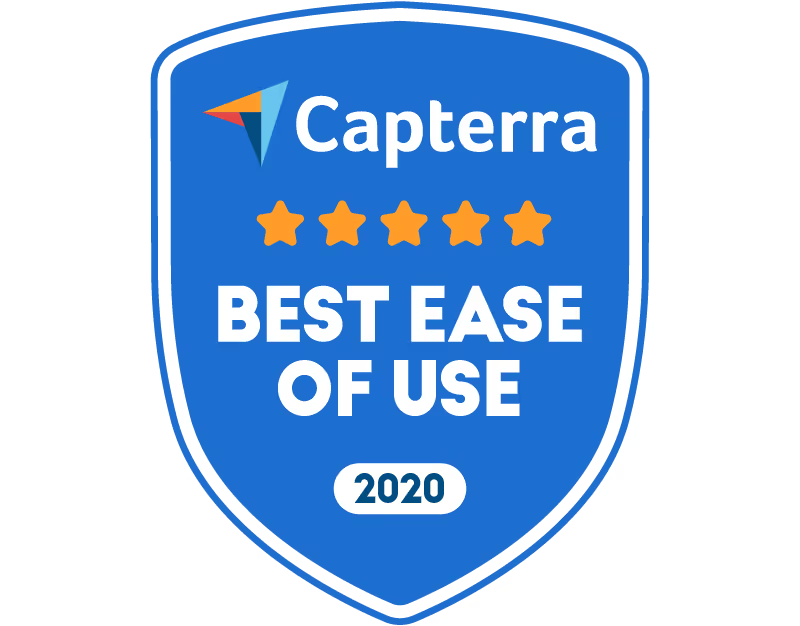
This is some text inside of a div block.
This is some text inside of a div block.

In the 21st century, with the majority of documentation, business deals, and correspondence existing electronically, physical storage of documentation has become almost obsolete.
Physical data rooms are more time consuming and cost-ineffective, and are not equipped to handle transactions in the large amounts that they take place today.
Data rooms are the only viable option for proper due diligence in today’s age, and have been shown to continuously rise in popularity for financial transactions.
Due diligence is the process of gathering and providing information about a business or their assets. Data rooms provide a safe place for due diligence information to be gathered and accessed by multiple parties. Due diligence data rooms add value by providing teams with a secure place to evaluate the benefits, costs, and risks associated with an upcoming decision.

With the use of a data room, teams can synchronize all processes involved with due diligence, including diligence requests, communication, and document management, in one place. Many data rooms, including FirmRoom, have room structure templates for M&A that outline the necessary information, and allow that information to be collected inside the platform.
This makes it possible to complete diligence requests in half the time and easily track the process, while eliminating any duplicate work as any documentation updates are shared in real time.
When startups are talking with prospective investors, data rooms help them analyze interest. Virtual data rooms allow startups to see which investors are spending the most time reviewing specific company documents and how much time they spent in a room to get a better idea of their engagement level.
Throughout the fundraising process, multiple external parties, including auditors, underwriters, and potential investors, must have access to all of the data, such as company documentation and financial information.
With the use of a virtual data room, all of the data required for preparation to raise funding rounds can be uploaded to the data room and accessed by potential investors.
While this is not a comprehensive list, here are some things to consider adding to a data room offering on buy-side or sell-side, whether for investors or other transactions and capital raise of any size.
.jpeg)
Why? These encompass the essence of a business, and will be what investors look to in order to learn what a startup does and why they should be interested.
Tips. Make sure to include the following:
Why? This adds value to a company and makes it unique.
Tips. Make sure to include the following:
Why? Clear, transparent financials build investor confidence and prove to them that the startup is a trustworthy investment.
Tips. Make sure to include the following:
Why? This is what outlines a business’s future potential success . Investors look for traction, and will want to see all sales and marketing efforts and results toensure that not only is the startup financially sound, but will continue to grow.
Tips. Make sure to include the following:
Why? Investors need to know the ins and outs of how business is conducted and how the startup actually works on a day to day basis. That way, they can determine whether it is up to their standards in terms of functionality, security, and advancement.
Tips. Make sure to include the following:
Why? Investors want to know who they will be working with and the people that they are considering investing into, because essentially, the people make the business what it is.
Tips: Make sure to include the following:
Why? Press releases, endorsements, and testimonies prove to investors that a company can and will stand out. This lets them know that there has been interest and positive feedback from external sources, so that they can have another opinion on their investment decision.
Why? While investors may not initially look for regulatory and compliance until the due diligence phase, this shows investors that not only is the company compliant, but organized and on top of every step of the process. This may answer questions they have before they ever arise.
Tips. Make sure to include the following:
Inspect the features of a data room before choosing a provider to ensure that your expectations for due diligence and desired functionality will be met. Consider the following:
Here are the top rated diligence data room providers, as of 2023, based on features and due diligence capabilities.
1. DealRoom, Due DiligenceSoftware
2. FirmRoom
3. Merrill Data Room
4. Intralinks
5. Firmex
6. iDeals
At FirmRoom, we have created a due diligence folder structure, built into the platform, incorporating all of the necessary steps and information needed to move forward.
Using this folder structure, it is possible to track the progress and secure all necessary documentation.
A basic example of this checklist would be as such:
Each of the sections will contain more specific information pertaining to your company, but the above list can serve as an organization guideline to help make the due diligence process more approachable. And if you have a preferred pre-made folder structure template, you can upload it into the room as well.
Additionally, you can use FirmRoom's pre-built data room index.
WithFirmRoom, getting started is as easy as following these five steps:
.png)
Compare VDRs and see the whole picture when it comes to choosing the best data room for your business.